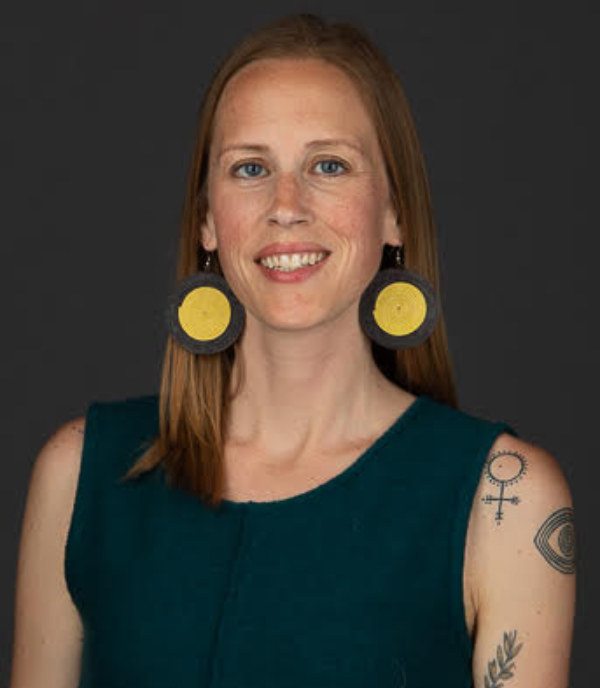Who addresses cancer in rural communities? It’s nurses.
Story text

School of Public Health and University of Illinois Cancer Center researchers identified three practice recommendations for nurses to effectively reduce breast and cervical cancer disparities for women in rural communities, where residents are more likely to be diagnosed with later-stage disease and face complex barriers to high-quality cancer care.
The study was published in the Clinical Journal of Oncology Nursing. It outlined the barriers to cancer care in rural communities, including a shrinking health care landscape, limited access to insurance and collective poverty.
Nurses interviewed for the study navigated patients through those barriers by connecting them to the Illinois Breast and Cervical Cancer Program, a safety net cancer screening program. They also discussed how they served as the bridge between recently diagnosed cancer patients and their care teams, while providing psychosocial support and resources.
Nurses working with rural communities actively address cancer disparities by taking on multiple roles and responsibilities, noted corresponding author Leslie R. Carnahan, PhD, research assistant professor of community health sciences and part of the UI Cancer Center’s Office of Community Engagement Health Equity.
“Nurses are trusted messengers in their communities, with the ability to steer patients to safety net cancer screening programs,” said Carnahan, who earned a PhD ’20 and MPH ’12 in Community Health Sciences at SPH. “When a cancer diagnosis is received, those nurses often become the bridge between patients and their care teams, helping rural patients navigate through treatment and into survivorship.”
About 20 percent of Americans live in rural areas, where patients across the cancer continuum experience multiple disparities for common, screen-able cancers. Rural patients with breast cancer have higher late-stage diagnoses and death rates. Rural populations also have higher cervical cancer incidence rates, are more likely to have a late-stage diagnosis, and have poorer survival rates, with greater disparities among rural African Americans.
Beyond the socioeconomic disadvantages of rural Americans, rural communities have experienced rampant hospital closures in recent years and are more acutely affected by the national shortage of oncologists. Access to basic screenings like mammograms is limited, and, compounding the issue, many residents lack adequate health insurance or the means to drive to appointments when they are available.
Selected quote
We found under- and uninsured rural residents are sometimes hesitant to use safety net programs, often due to stigma associated with receiving public benefits services at a local health department. Many patients also can’t afford the co-pays and deductibles for screenings, diagnostics, and treatment.
| Research Assistant Professor of Community Health Sciences
Story text, continued
The nurses interviewed for the study described ways in which they support rural populations across the cancer continuum, from their clinical roles to providing psychosocial support and linking patients to resources, in addition to education, outreach, and advocacy. Their ability to provide tangible support, like arranging transportation to and from appointments, obtaining translation services, and connecting patients to survivorship groups and resources, was among the effective interventions cited in the study.
The authors, including Yamilé Molina, PhD, associate professor of community health sciences and associate director of community engagement for the Cancer Center, concluded that the lived experiences of rural nurses reveal practice recommendations for consideration, from prevention to survivorship, when engaging with rural patients.
This research was funded, in part, by the IDPH IBCCP Intergovernmental Agreements 0610000 and 16100002I, and the National Institutes of Health (K01CA193918 [Molina]).